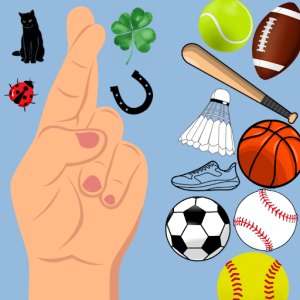Chag sameach! – Passover customs & traditions
Passover 2021 begins on Saturday March 27th at sundown, and ends on the evening on Sunday April 4th. With the first Seder being March 27th and the second one on March 28th. Although there are things we cannot do while observing this holiday, such as eating leavened foods for 8 days, it has always been my favorite holiday to celebrate.
Passover is one of the most important Jewish holidays, we celebrate our freedom and escaping slavery in Egypt. The main part of Passover are the Seders, which occur on the first two nights (in Israel just the first night) of the eight day holiday. At the Seder you read the story of Passover from the Haggadah (a special prayer book for the holiday). You also sing songs, eat sentimental foods outlined on the special Seder plate, have a big meal, drink four cups of wine and search for the Afikomen. The Afikomen is a half piece of matzah that we set aside to eat after the meal. Most families will hide the Afikomen and have the kids look for it after the meal. When I was young, my zaidie (grandpa) or uncles would give $20 to whoever found the Afikomen first. It was a big deal to whomever found it!
There are many underlying themes and messages throughout the Passover story that I find very interesting. The main one being the thought that in every generation every individual is obligated to view themselves as a slave leaving Egypt. What this basically means is that everyone must break free of what is holding them back in order to blossom and reach their full potential.
The seder also includes many spiritual customs that symbolize the Messiah. We leave a special wine filled cup out for the prophet, it is called Elijah’s cup. At the end of the Seder someone will open the front door to let the spirit of Elijah inside the home.

Another theme that Passover emphasizes is creation. The holiday itself celebrates freedom, revival, and rebirth of the Jewish people, which in my opinion kind of ties into spring time. In the spring we get warmer weather, longer nights, and a brighter sun which symbolizes rebirth after the long winter.
In the weeks leading up to Passover there is a lot of preparation to be done. Every ounce of hametz (leaven or yeast) must be gone from the house. We get rid of hametz and eat matzo to symbolize what the Jewish people went through. When they were leaving Egypt they did not have enough time for their bread to rise in the oven so they had to take it out before it rose, and that is how we got matzo. Just as we would get rid of bread, cookies, or crackers in our kitchens, we must also get rid of the spiritual hametz that lives within us. Rabbi Arthur Waskow refers to this type of hametz as “the swollen sourness in our lives.” The spiritual hametz keeps us enslaved to materialistic things such as money and flashy things, or spiritual things in our lives that we do not need such as the action of gossiping. During Passover we reflect on this and realize what we truly need in order to lead a happy and full life. When we think about the enslaved Jews in Egypt we realize that they did not have a lot of things we have now, the biggest one being freedom. This reminds me of how lucky I am.
This year we are back again for more Seders taking place via Zoom. Although Zoom Seders are very different from your average Seder at your grandparents house with a big extended family they can still be fun, symbolic, and memorable. This year instead of saying, “Next year in Jerusalem,” I will be saying, “Next year in person!” I am wishing everyone who celebrates it a Chag Pesach Sameach!

Chloe Baker is a Senior at South Lakes. This is her second year on staff, and first year being an editor. She is so excited to start writing again and...
















